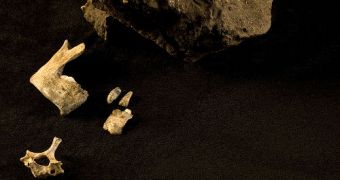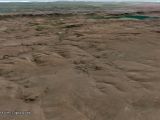People use Google Earth to visit interesting locations or even explore their cities from above and in 3D. Very few individuals would believe that the same tool could be employed for scientific discoveries, but this is exactly what happened with the recently documented discovery of a new, early hominid species in South Africa, touted as one of the biggest discoveries in the field, of recent times. Professor Lee Berger, of the Witswatersrand University in Johannesburg, South Africa, the man responsible for the discovery, had used Google Earth to map the area and search for places that were likely to contain human fossils.
"Back in March 2008, Professor Lee Berger from Witswatersrand University in Johannesburg started to use Google Earth to map various known caves and fossil deposits identified by him and his colleagues over the past several decades, as it seemed the ideal platform by which to share information with other scientists. In addition, he also used Google Earth to locate new fossil deposits by learning to identify what cave sites looked like in satellite images," Michael Jones, Google's chief technology advocate, wrote.
The region, dubbed the "Cradle of Humankind," a World Heritage Site, had about 130 known cave sites when the professor started and about 20 discovered fossil deposits. In the following two years, he managed to find another 500 or so previously unknown caves and fossil sites. It was at one of these fossil sites that the chance discovery was made.
While Dr. Berger was out there looking for fossils, the actual discovery was made by chance by his nine-year-old son who was chasing after his dog. He tripped and fell right next to the fossil remains of what is now known to be a previously undiscovered species of hominids, later named Australopithecus sediba. The species predates the genus Homo, which us humas are a part of, but shares many common physical attributes with modern humans. You can read more about the actual discovery in our Science section.

 14 DAY TRIAL //
14 DAY TRIAL // 
